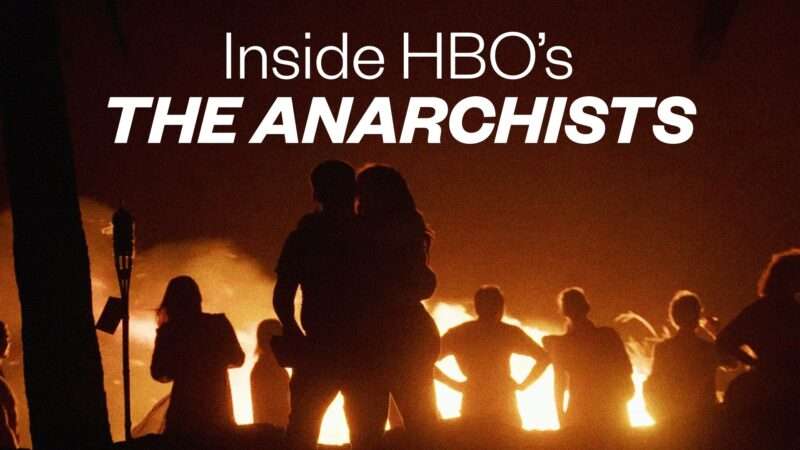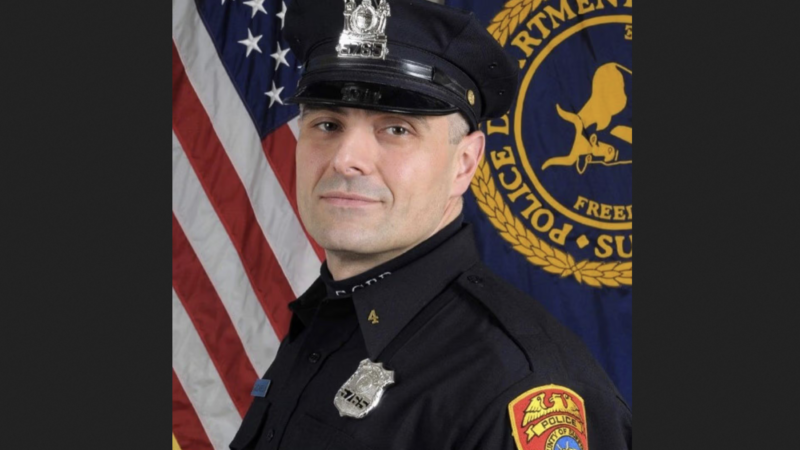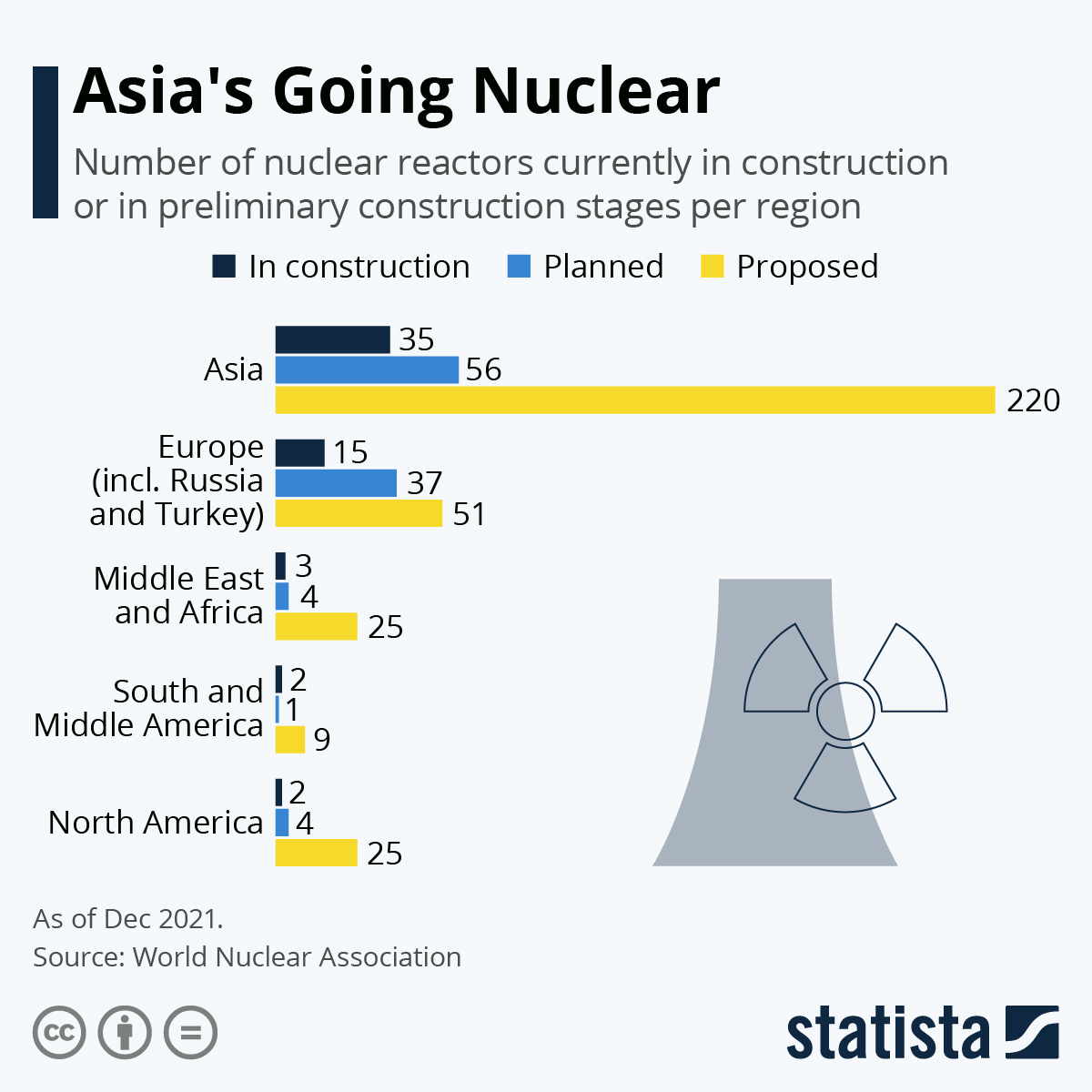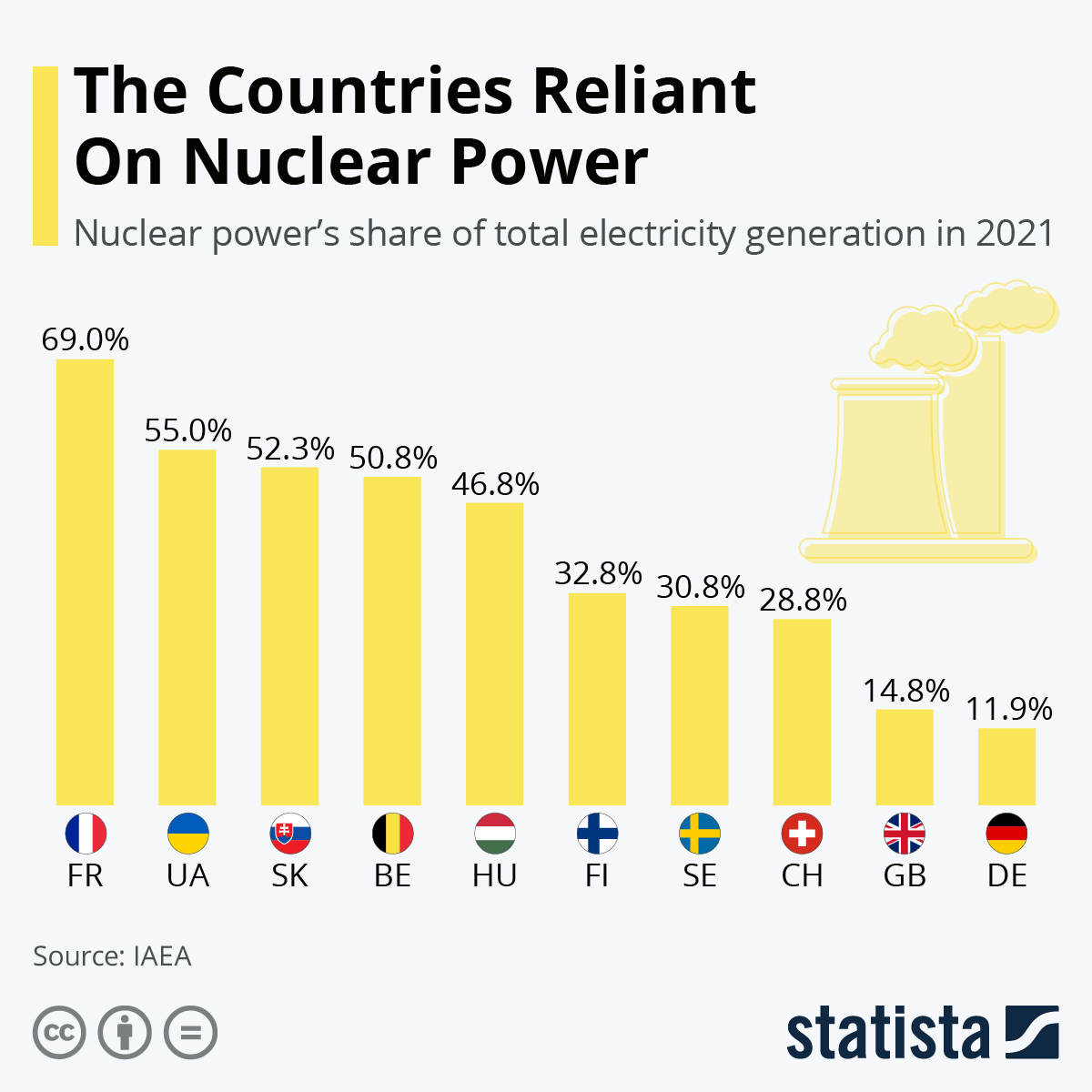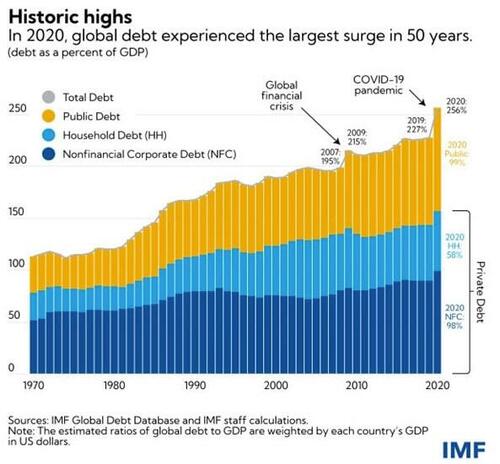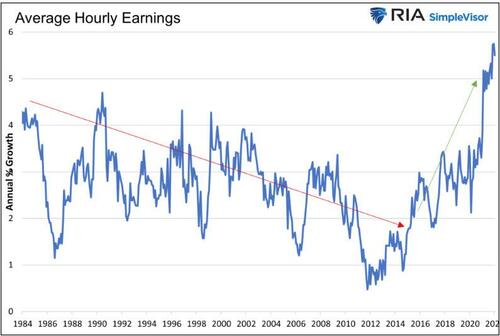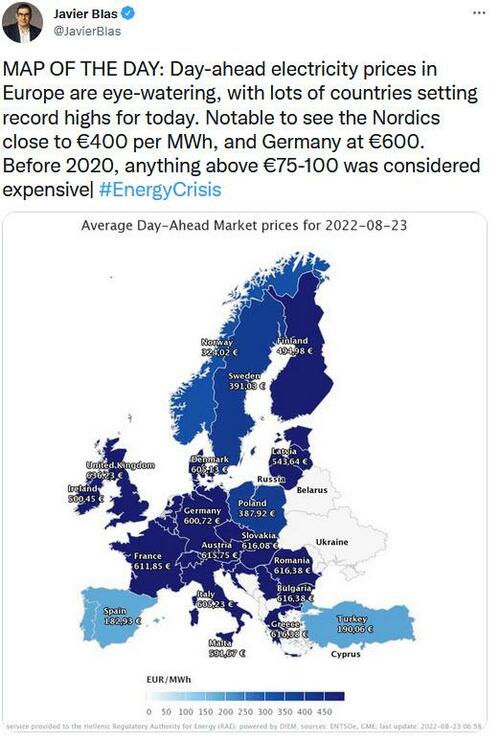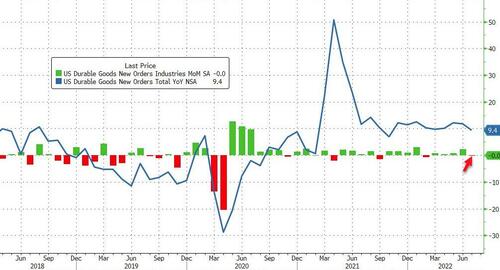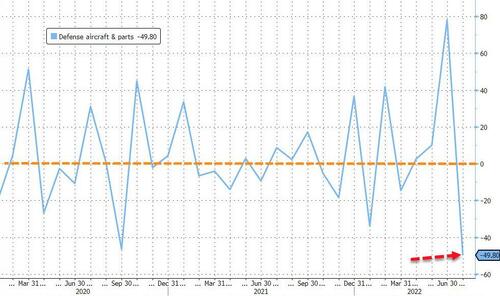This new article of mine will be coming out next year in the Journal of Law and Religion, and I thought I’d serialize it here; there’s still plenty of time for editing, so I’d love to hear people’s feedback. Here’s Part I.A.
[* * *]
Let’s begin by laying out the areas where this issue can arise, starting with pseudonymity in litigation.
Generally speaking, American law requires all parties to a lawsuit to be named, so that the public can better monitor the activities of public courts deciding cases using public funds, in the public’s name, and relying on government coercive power.[1] Indeed, some courts see this as a facet of members of the public’s First Amendment rights to access court records.[2] This rule isn’t absolute: Sometimes parties can appear pseudonymously, and one factor that courts consider is whether publicly identifying a party would cause “social stigma” beyond mere “personal embarrassment” or mere damage to reputation.[3] But courts are sharply split on what sorts of social stigma qualify; for instance, some courts have let plaintiffs claiming to have been sexually assaulted proceed pseudonymously, but others haven’t.[4]
Yet when plaintiff argues that publicly identifying her (or, somewhat more rarely, him) would cause special stigma because of the likely reactions of her religious community, courts often cite that as a special reason for pseudonymity, for example:
The Court recognizes that victims of sexual assault often wish to keep their identities secret out of fear of embarrassment or social stigmatization. Those concerns alone, however, are insufficient to permit a plaintiff to proceed under a pseudonym. Doe v. Princeton Univ., 2019 WL 5587327, at *4 (D.N.J. Oct. 30, 2019). However, if a movant shows that her specific circumstances demonstrate a risk of serious social stigmatization surpassing a general fear of embarrassment, courts may consider those circumstances in favor of granting the motion. Doe v. Neverson, 820 F. App’x 984, 988 (11th Cir. 2020) (reversing the denial of a motion to proceed under a pseudonym because the district court failed to consider the potential significant social stigmatization on account of the movant’s membership in “a strict Muslim household where under their cultural beliefs and traditions such a sexual assault would have the tendency to bring shame and humiliation upon [the movant’s] family.”).[5]
The same has arisen as to potentially controversial voluntary sex-related behavior. One court allowed an erotic dancer to litigate her wages-and-hours claim pseudonymously in part because “her parents are devoutly religious members of a Christian church.”[6] The Seventh Circuit granted, without discussion, a motion that similarly justified pseudonymity for Notre Dame students who were admitting premarital sexual activity and contraceptive use (or at least use of contraceptives that some view as abortifacients).[7]
Still other cases granted motions for pseudonymity on the grounds that the plaintiffs were suing religious leaders (Orthodox rabbis), and their religious community was alleged to be hostile to those who air accusations before outsiders.[8] Those cases also involved alleged sexual victimization, but their logic would apply to other intra-community disputes as well; one case, for instance, relied on an article that
describes at length the cultural factors within the Orthodox Jewish community inhibiting dissent among its members, including: “the overwhelming concern with shame (a child who makes an abuse claim can be thought to bring shame on his whole family);” “the thinking that virtually any public complaint about another person amounts to slander;” and the notion that “say[ing] anything bad about the community” would be “desecrating God’s name.”[9]
Two other cases allowed pseudonymity for people who had been accused of sexual misconduct, and who were suing their universities on the grounds that they had been wrongly disciplined based on such allegations. Their theory was that litigating would make clear that they had engaged in premarital sex (though, they argued, consensual premarital sex), and that revealing this would stigmatize them in their community.
In one of the cases, the court accepted the argument that pseudonymity was proper because the alleged abuser was a citizen of Kuwait, “where ‘sexual activity outside of marriage goes against religious and cultural values’ and ‘sexual relations outside of marriage are illegal,'” which creates a “heightened risk of stigma and retaliation the plaintiff alleges that [he] faces in his home country.”[10] In the other, the court accepted the argument that “this case involves students who attend a strictly religious school that expressly prohibits pre-marital sex”; that “[m]any of these students, including Plaintiff, seek entry into the clergy or religious-affiliated groups after graduation”; and that “disclosure of their identities in connection with their extra-marital sexual activities risks exposing Plaintiff, as well as the unnamed students, to ridicule and even ostracization from their own religious community.”[11]
And in principle, the same argument could arise with regard to lawsuits that stem from, say, altercations at bars or casinos, filed by plaintiffs whose religious communities frown on alcohol or gambling;[12] lawsuits over interest-bearing debt transactions filed by plaintiffs whose religious communities condemn such transactions; or divorce suits—or for that matter any claims that would require mentioning a litigant’s divorce—when the litigant’s religious community condemns divorce.[13]
As it happens, all the decided cases involve situations where some courts would allow pseudonymity even absent concerns about opprobrium in a religious community. Many cases, for instance, do allow pseudonymity for plaintiffs alleging sexual assault, and for plaintiffs alleging unsound university accusations of assault.[14] Some cases have done the same for defendants who are sued for allegedly copying pornography, and for erotic dancers who are suing for labor law violations.[15] And while I know of no cases that have allowed pseudonymity related merely to claims of contraceptive use, some cases have allowed pseudonymity as to sexual matters more broadly.[16] There thus is no crisp scenario in which litigants definitely cannot normally get pseudonymity, but can get it if they belong to a particular religious community.
But at the same time, in all these scenarios, some courts do deny pseudonymity to ordinary litigants.[17] And the cases cited above show that the claimed reactions of the litigant’s religious community are being treated as one factor cutting in favor of pseudonymity.
Moreover, the cases are focusing on the litigant’s religious community. For instance, the fact that a litigant’s actions—or even just what the litigant is accused of—would lead to opprobrium within the litigant’s professional community, to the point of potential economic ruin, is generally rejected as a basis for pseudonymity.[18] Likewise, if an Alcoholics Anonymous leader seeks pseudonymity in a lawsuit stemming from a drunk driving arrest or a bar fight, on the grounds that identifying him would reveal that he had been drinking and might diminish his standing among AA members, it seems unlikely that he would get pseudonymity.[19] It is the religious basis for the potential opprobrium that weighs in favor of the litigant.
To be sure, considering religion in such situations might be sound. Recognizing that some people might be more vulnerable to community stigma because of their religious community membership could well be praised as the governmental “neutrality in the face of religious differences” that Sherbert v. Verner[20] said was at least constitutionally permissible (even though it wouldn’t be constitutionally mandatory here, for reasons discussed in Part II). My point here is simply that the law here, like some other accommodations of religion, is indeed treating religion specially.
For a helpful contrast, consider concerns about actual physical violence rather than social or professional stigma. When there is evidence of real risk of such violence—for instance, possible physical retaliation against people who cooperated with the government[21] or risk of violence against an asylum seeker in his home country[22]—courts do indeed generally allow pseudonymity, entirely apart from whether the violence stems from religious views.[23] The same would apply to people who fear religion-related violence, as in Doe v. Dordoni, which allowed pseudonymity based on a reasonable fear of violent reprisal in Saudi Arabia based on a Saudi citizen’s conversion from Islam to Christianity.[24]
And if a woman suing for sexual assault can credibly show that, if she is publicly identified as a rape victim, she faces a serious risk of “honor killing” (or even nondeadly violence) from family members,[25] that would suffice to justify pseudonymity under normal religion-neutral pseudonymity precedents.[26] The rule allowing pseudonymity in order to diminish a risk of physical violence would thus be religion-neutral in such cases. Not so with the courts’ allowing pseudonymity to prevent social retaliation by a religious community.
[1] See Volokh, supra note 1, at 1366–68.
[2] See, e.g., DePuy Synthes Prod., Inc. v. Veterinary Orthopedic Implants, Inc., 990 F.3d 1364, 1370 (Fed. Cir. 2021); In re Sealed Case, 931 F.3d 92, 96 (D.C. Cir. 2019); United States v. Microsoft Corp., 56 F.3d 1448, 1464 (D.C. Cir. 1995); Doe v. Stegall, 653 F.2d 180, 185 (5th Cir. 1981); Ramsbottom v. Ashton, No. 3:21-cv-00272, 2021 WL 2651188, at *2 (M.D. Tenn. June 28, 2021); Doe v. Paychex, Inc., No. 3:17-cv-2031, 2020 WL 219377, at *10 (D. Conn. Jan. 15, 2020); Doe v. Del Rio, 241 F.R.D. 154, 156 (S.D.N.Y. 2006); Dep’t of Fair Emp. & Housing v. Superior Court, __ Cal. App. 4th __, __ (2022); Doe v. Kidd, 19 Misc. 3d 782, 788 (N.Y. Sup. Ct. 2008).
[3] Id. at pt. III.E. This has to do with public identification; the defendant would of course need to be able to know the plaintiff’s identity. Id. at 1362 n.25. Cf. United States v. Lamprecht, No 1:16-cr-00640-BMC, at 2, 5–6 (E.D.N.Y. Jan. 16, 2019) (noting that the court had allowed the government to delay disclosing to defendants certain materials about the witnesses against them, because “the Government claimed that these cooperating witnesses expressed fear that they would be subject to ostracism and harassment if their cooperation against fellow members of their religious community was revealed,” but noting that this was just a delay rather than a categorical denial, and “defendants received the deferred . . . production sufficiently in advance of trial to obviate any prejudice resulting from the delayed disclosure”).
[4] See Volokh, supra note 1, at 1430–37.
[5] Doe v. Cook Cty., 542 F. Supp. 3d 779, 784, 787 (N.D. Ill. 2021); see also Doe v. Neverson, 820 F. App’x 984 (11th Cir. 2020); Doe v. Barr, No. 1:20-cv-03553, 2020 WL 12674163 (D.D.C. Dec. 4, 2020); Doe v. City of Dalton, No. 4:21-cv-00128-LMM, at 2–3 (N.D. Ga. July 12, 2021); Doe v. Amal, No. 1:12-cv-1359 (E.D. Va. Nov. 29, 2012), granting Motion, id. (Nov. 27, 2012) (arguing in part, id. at 6, that plaintiff “is particularly vulnerable to increased emotional trauma and social stigmatization because she is part of a conservative Muslim community that condemns and criminalizes sex outside of marriage”); Roe v. Patterson, No. 419CV00179ALMKPJ, 2019 WL 2407380 (E.D. Tex. June 3, 2019) (noting, but not heavily relying on, plaintiff’s argument that “she seeks to protect her identity not merely to avoid humiliation, but because she has suffered (and continues to suffer) physical and emotional injury, loss of self-esteem, disgrace, and humiliation, as well as spiritual suffering due to her devout Christian beliefs,” and “that as a result of the assaults she was ‘damaged goods’ and ‘no Godly man would ever want her'”); Memorandum of Law in Support of Plaintiffs’ Motion . . . to Proceed Anonymously, Kashef v. BNP Paribas S.A., No. 1:16-cv-03228-AJN (S.D.N.Y. June 7, 2021) (“The Anonymous Plaintiffs have heightened concerns about their private information [about having been raped and having contracted HIV] being known to the public and by their children, as well as a fear of being ostracized in their respective Muslim and Christian communities.”), granted id. (June 22, 2021) (though without discussion of religion); Letter Motion, id. at 2 (Feb. 6, 2017) (making a similar request but just referring to plaintiffs’ “close knit community of Sudanese-Americans”), granted id (Feb. 7, 2017) (again without discussion of community views).
[6] Doe #1 v. Deja Vu Consulting Inc., No. 3:17-CV-00040, 2017 WL 3837730, *5 (M.D. Tenn. Sept. 1, 2017).
[7] Univ. of Notre Dame v. Sebelius, No. 13-3853 (7th Cir. Jan. 14, 2014), granting Motion, id. (Dec. 19, 2013) (discussion of religious community’s potential reaction is at id. at 16–18).
[8] Doe No. 2 v. Kolko, 242 F.R.D. 193, 197 (E.D.N.Y. 2006); Doe v. Georgetown Synagogue—Kesher Israel Congregation, No. 1:16-cv-01845-ABJ (D.D.C. Sept. 15, 2016), granting Motion for Leave to Proceed Under Pseudonyms, id. (Sept. 15, 2016); Doe v. Georgetown Univ., No. 14-0007644 (D.C. Super. Ct. Dec. 1, 2014), granting Motion, id. at 6–7 (Dec. 8, 2014), available in Superior Court Documents, Doe v. Georgetown Univ., No. 1:15-cv-00026 (D.D.C. Jan. 8, 2015) (ECF No. 1-4). Indeed, some Jews disapprove of Jews suing other Jews—even ones who aren’t religious leaders—in secular courts. Michael J. Broyde, The Pursuit of Justice and Jewish Law: Halakhic Perspectives on the Legal Profession 62–64 (2002); Rabbi Yaacov Feit, The Prohibition Against Going to Secular Courts, 1 Journal of the Beth Din of America 30, 30–31 (2012) (“One who goes to secular court is considered ‘an evildoer, as if he has blasphemed, and as if he has raised a hand against the Torah of Moses.'”).
[9] Kolko, 242 F.R.D. at 197.
[10] Doe v. Am. Univ., No. 1:19-cv-03097, at 5–6 (D.D.C. Oct. 10, 2019), granting Motion, id. at 1, 6 (Oct. 10, 2019); see Doe v. Am. Univ., No. 19-CV-03097 (APM), 2020 WL 5593909, *1 (D.D.C. Sept. 18, 2020).
[11] Memorandum, Doe v. Dordt Univ., 5:19-cv-04082-CJW-KEM, at 15 (N.D. Iowa Dec. 5, 2019), granted, id. (Mar. 3, 2020) (granting pseudonymity because “this case involves intimate details of sexual contact between two college students” and “naming Plaintiff would result in the type of harm to reputation he seeks to avoid by bringing this action,” though not specifically mentioning the harm within the religious community). Dordt University, an evangelical Christian school affiliated with the Christian Reformed Church in North America, indeed stresses that it “firmly holds to the biblical teaching that premarital intercourse is forbidden. Further, behavior (e.g. nudity, lying in bed together) that encourages such intimacy will not be tolerated by the university. Students involved in such behavior will face disciplinary action.” Dordt University, Student Life, https://ift.tt/wladQ4L.
[12] Compare, in a different sort of privacy context, Oil, Chem. & Atomic Workers Int’l Union, AFL-CIO, Loc. 2-286 v. Amoco Oil Co. (Salt Lake City Refinery), 885 F.2d 697, 707 (10th Cir. 1989), where the court blocked a unionized employer’s unilateral adoption of a drug and alcohol testing policy, partly because of “the invasion of privacy threatened by Amoco’s testing program, and the potential for stigmatization and humiliation of its employees,” which “would potentially be all the more severe because of the close-knit character of the employees and the fact that the predominant religion in the community [presumably Mormonism] proscribes the drinking of alcoholic beverages,” so that “[t]he consequences of revelations about drug or alcohol use could have long term consequences for a member of such a community.”
[13] In one case, the court refused to vacate a final divorce when the parties had reconciled, despite the parties’ desire to avoid condemnation by their religious community:
[P]laintiff’s counsel[] urged . . . that the parties sought to avoid religious stigma in their communities that allegedly attaches to divorce. If that contention is the case, they should have considered alleged religious, community, and cultural opprobrium before they both consented to an uncontested civil divorce. At any rate, the Court does not bow to alleged religious sentiments or convictions that may attach to divorce. Civic marriage and divorce should not be entangled with religious marriage and divorce. Preventing embarrassment to former litigants, moreover, is not a worthy allocation of judicial resources.
Doe v. Doe, 29 Misc. 3d 483, 486–87 (2010). Yet despite that, the court took an unusual step: “In order to avoid unnecessary embarrassment to the parties, the Court has concealed their names in this version of the opinion submitted for publication, referring to the husband and wife as John Doe and Jane Doe and hiding the correct index number.” Id. at 484. (In the absence of any religious community concerns, references to divorce aren’t generally viewed by courts as justifying pseudonymity, see Doe v. Bd. of Regents of Univ. of N.M., No. CIV 20-1207 JB/JHR, 2021 WL 4034136, *1 (D.N.M. Sept. 4, 2021).)
[14] See Volokh, supra note 1, at Apps. 2a & 2b.
[15] See id. at pt. III.E.1.c.
[16] See id. at pt. III.E.1.c.
[17] See id. at pt. III.E.1.c.
[18] See id. at pt. III.E.1.c.
[19] This would likely fall within the familiar principle that mere risk of harm to reputation and of “social stigmatization” doesn’t justify pseudonymity. See id. at pt. III.F; Balerna v. Bosco, No. HHD-CV-176082264S, 2017 WL 6884041, at *2 (Conn. Super. Ct. Dec. 6, 2017) (rejecting pseudonymity when the parties merely “wish to protect themselves from embarrassment and/or economic harm in their respective professional and social communities as a result of having to proceed using their true names”).
[20] 374 U.S. 398, 409 (1963).
[21] See United States v. Doe, 655 F.2d 920, 922 n.1 (9th Cir. 1980) (pseudonymizing a litigant’s name because of the “risk of serious bodily harm if [prison inmate’s] role on behalf of the Government were disclosed to other inmates”); Doe No. 1 v. United States, 143 Fed. Cl. 238, 241 (2019) (“[D]isclosing the names of BATF employees could endanger them.”).
[22] See Volokh, supra note 1, at pt. III.A.
[23] Id. at pt. III.B.
[24] No. 1:16-CV-00074-JHM, 2016 WL 4522672, *3 (W.D. Ky. Aug. 29, 2016).
[25] In Doe v. Barr, No. 1:20-cv-03553, 2020 WL 12674163 (D.D.C. Dec. 4, 2020), plaintiff argued that there was such a risk, id. at 5, but the judge allowed her to be pseudonymous based solely on the possible danger of “reputational harm” within her community, id. at 6.
[26] The same might apply with regard to other serious harms that go beyond stigma or social or professional retaliation, even if they don’t rise to the level of violence. Thus, for instance, Wolfchild v. United States, 62 Fed. Cl. 521, 553 (2004), rev’d on other grounds, 559 F.3d 1228 (Fed. Cir. 2009), allowed certain Sioux plaintiffs to proceed pseudonymously, because of a concern that the tribe would disapprove of their position in the lawsuit; the court stressed the risk not just of social opprobrium but also of the tangible legal consequence of lost tribal membership (since “the community governments possess nearly a plenary power over community membership,” 62 Fed. Cl. at 553).
The post Protecting People from Their Own Religious Communities: Pseudonymity in Litigation appeared first on Reason.com.
from Latest https://ift.tt/H4NiUAp
via IFTTT
